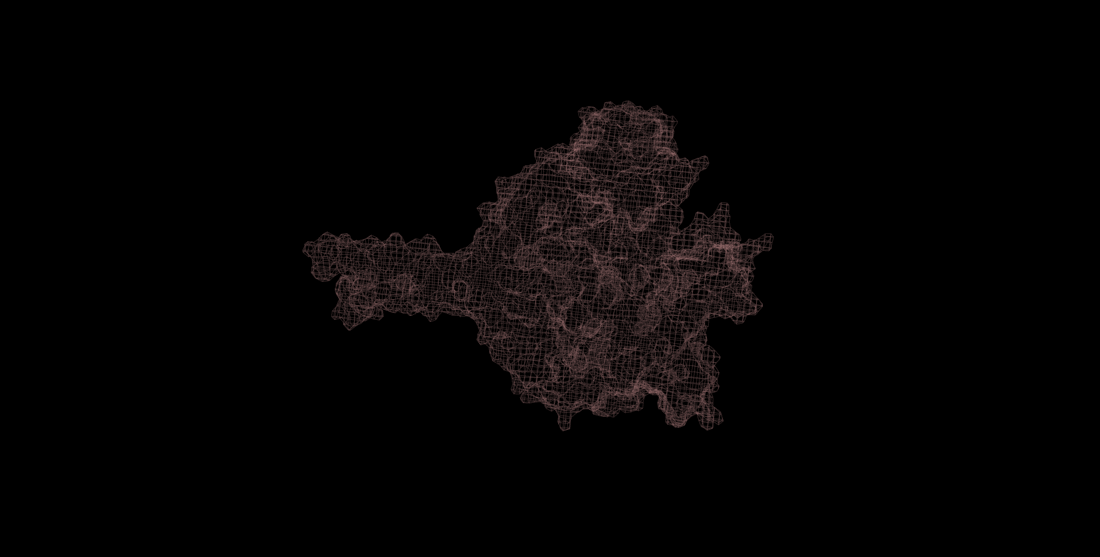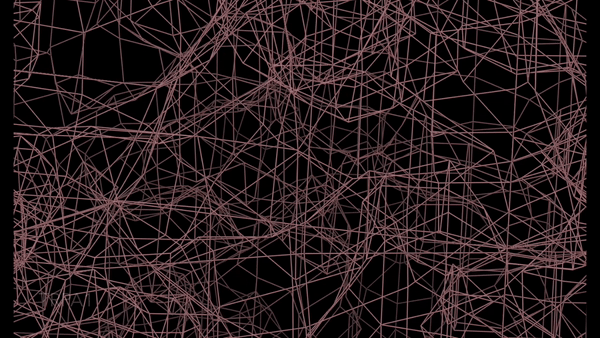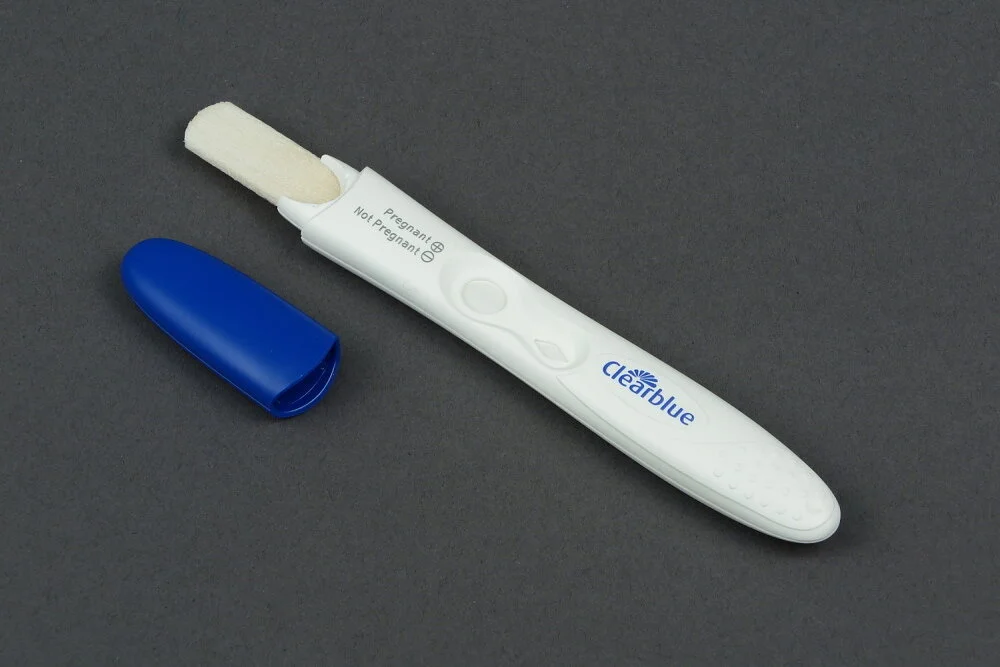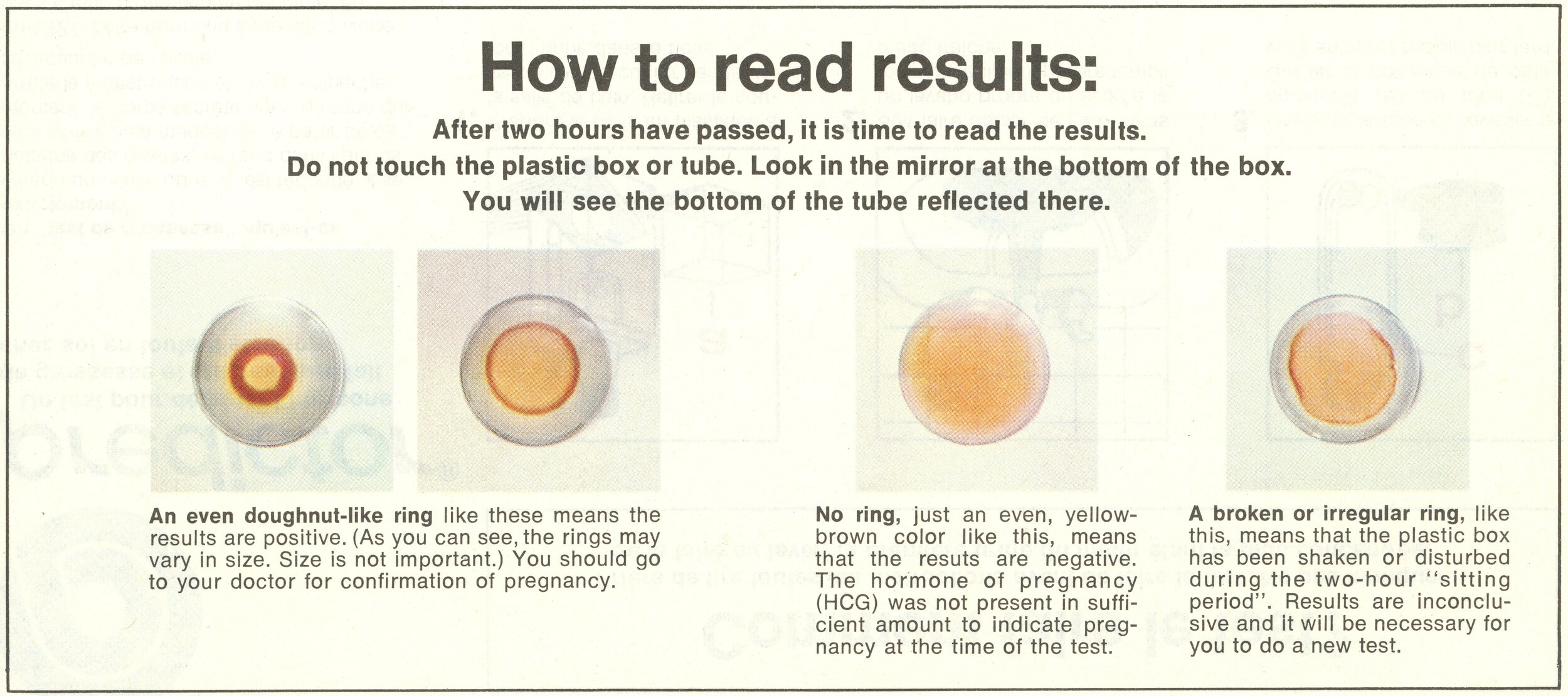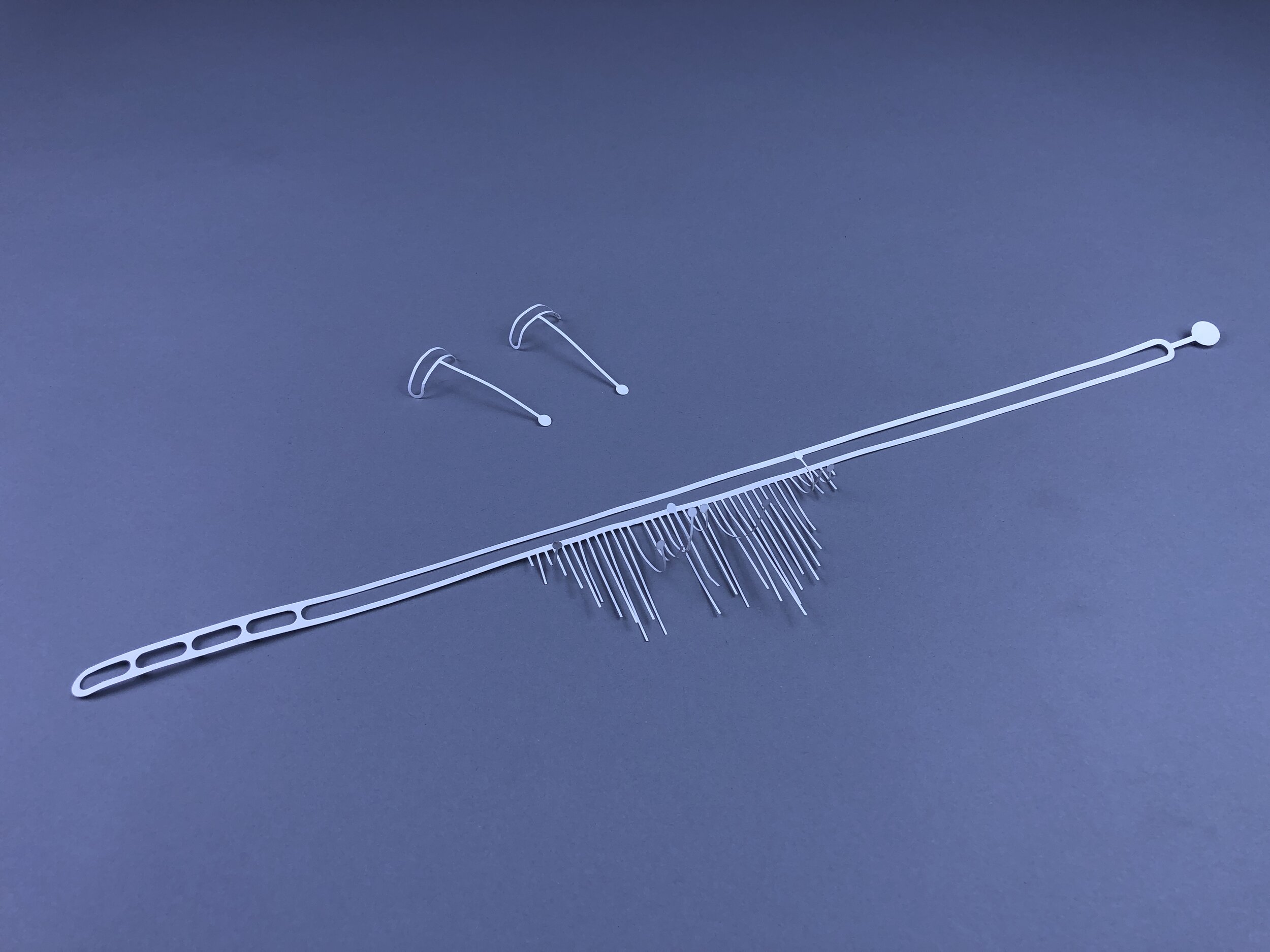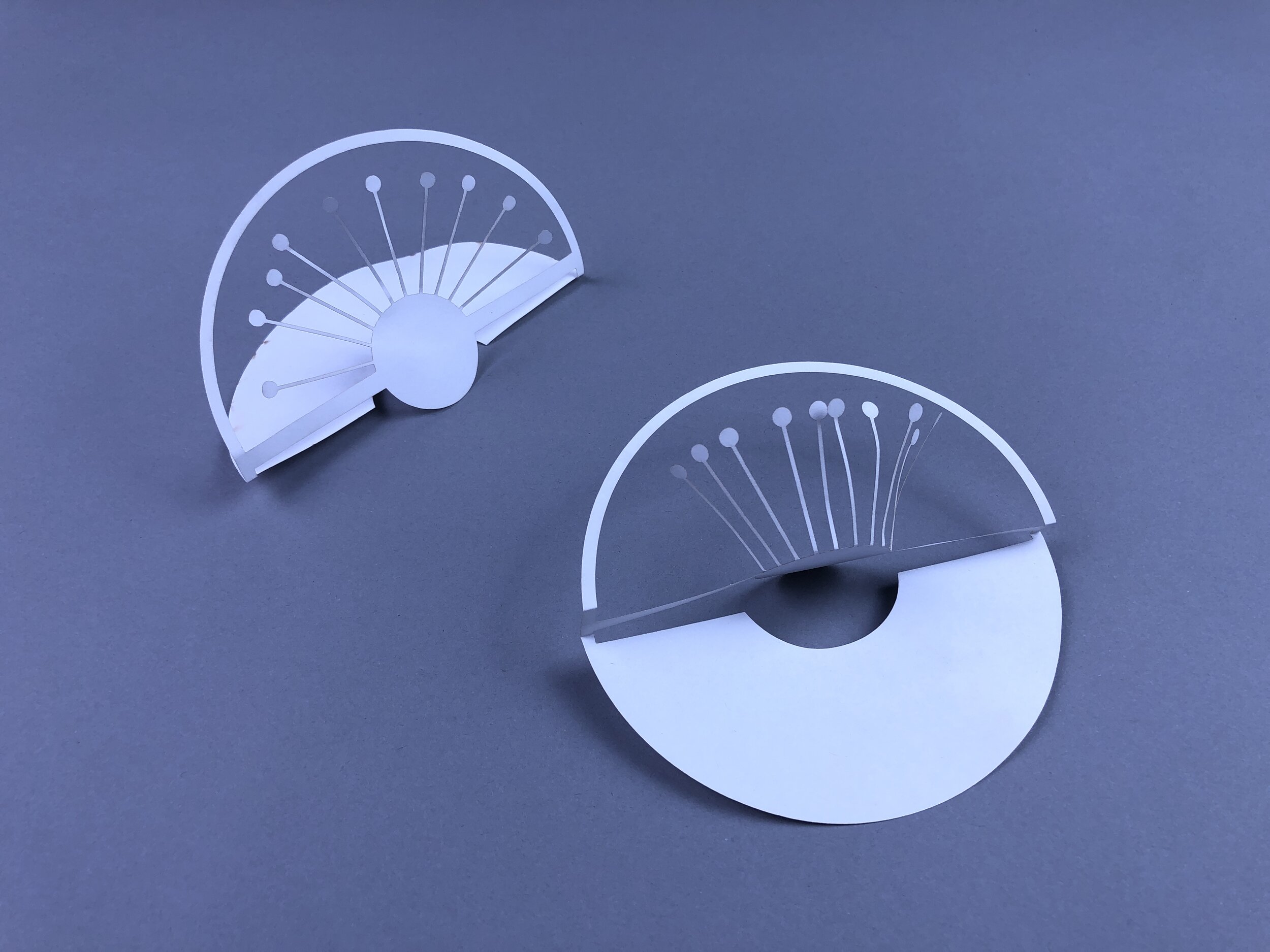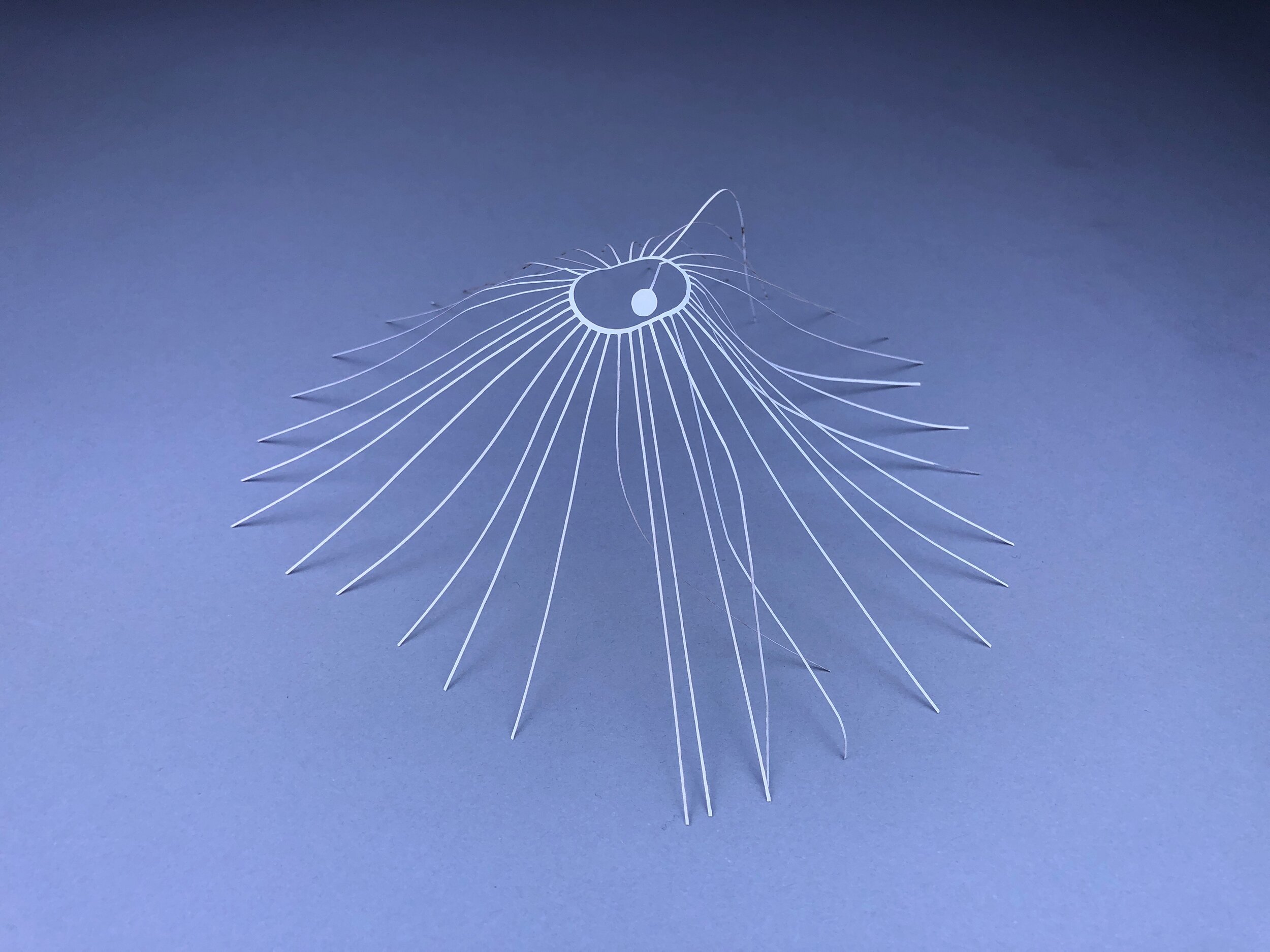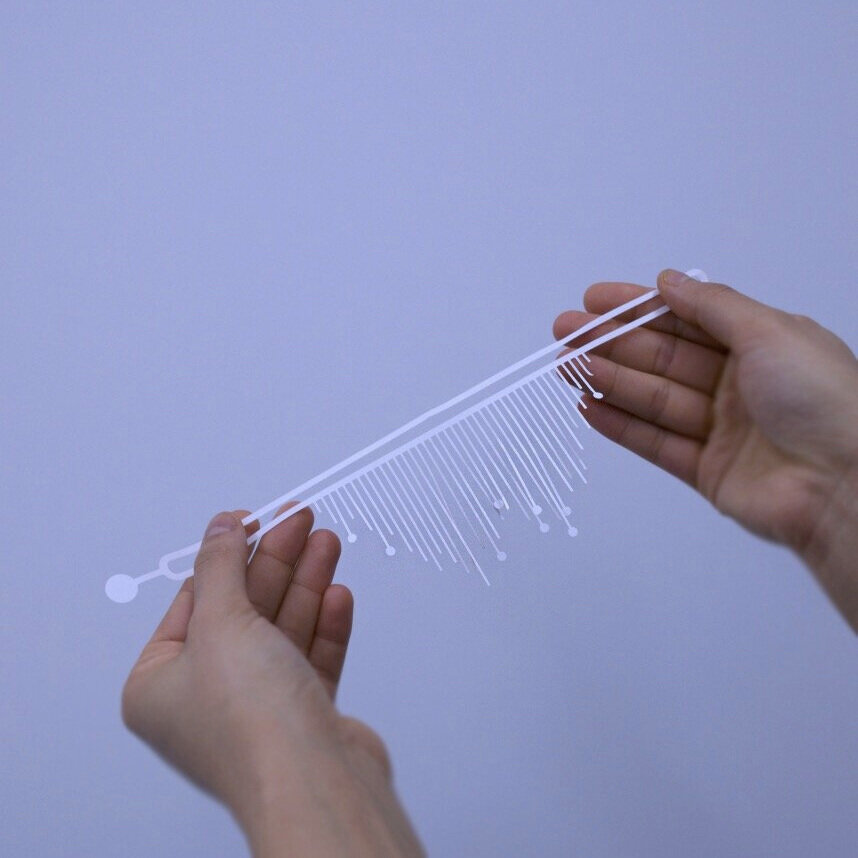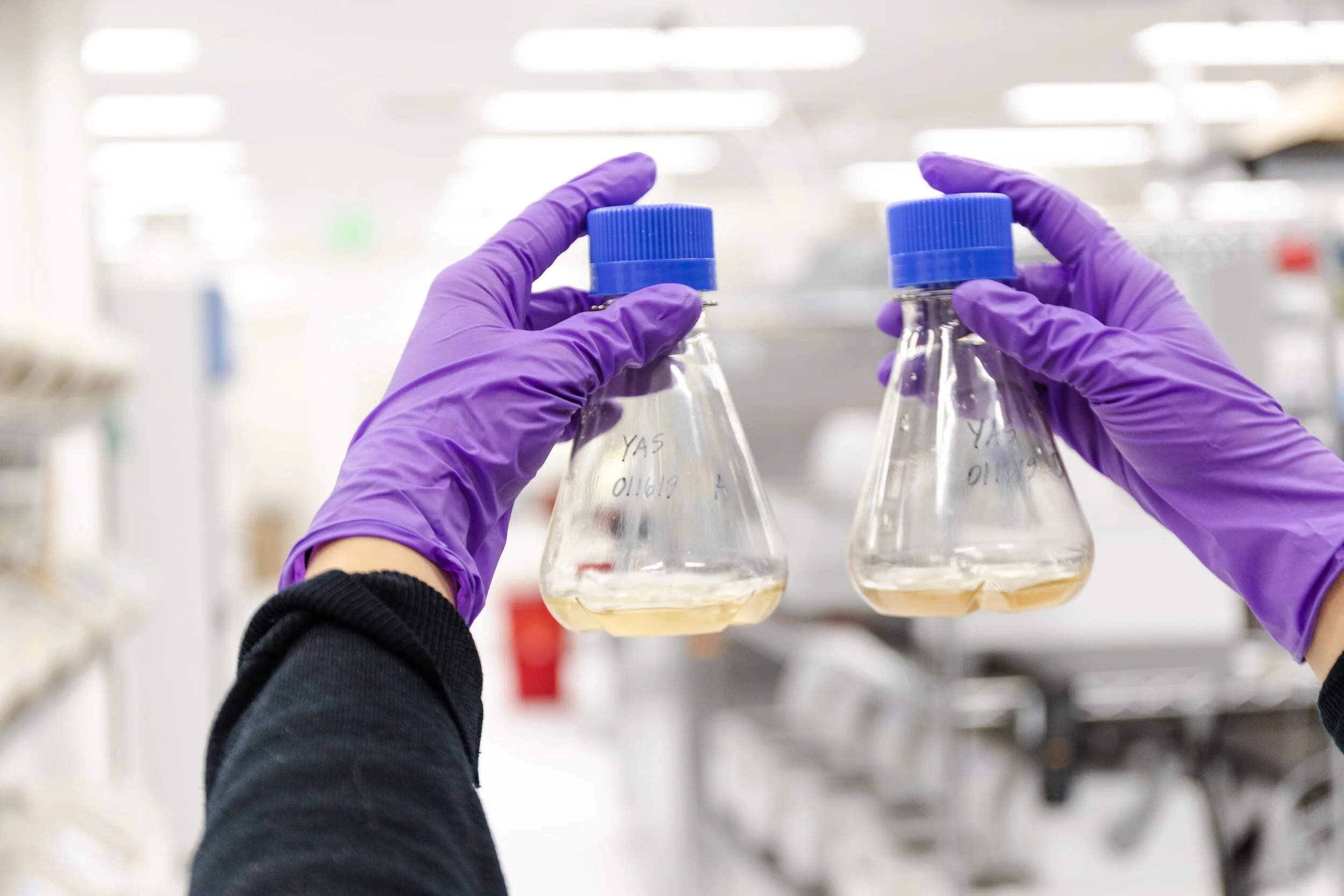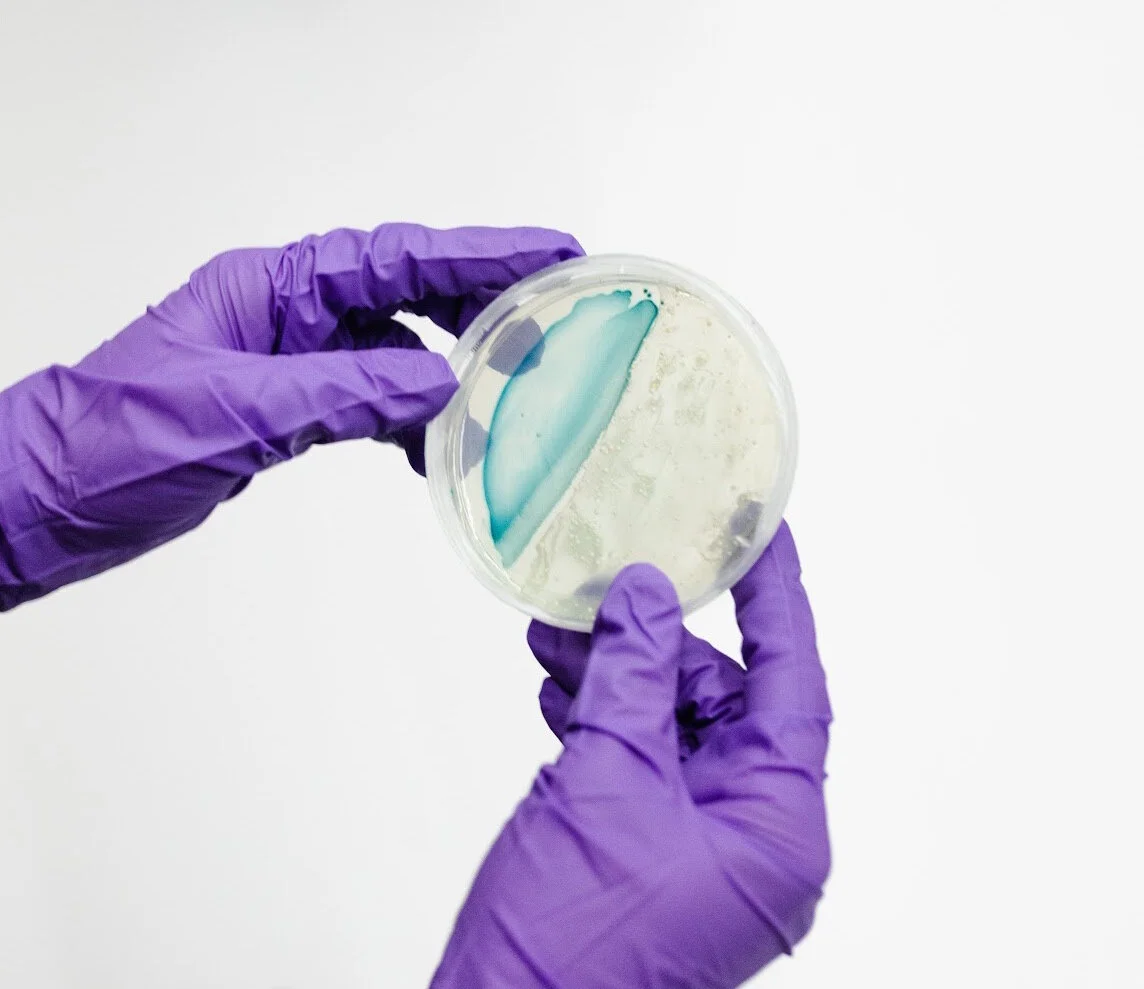PAPER BIOSENSOR — YASAMAN SHERI
PROJECT INTRO
Embedded in our everyday devices, sensors have created layers of information as part of a larger network of interactions. While the sensing bits continue to become smaller and faster, the limitations for the types of interactions they provide remain limited. When we look at human sensing capabilities, it is quickly apparent that our sensory interactions span far beyond vision. We can smell, taste, sense proprioception, comprehend ambiently, sense peripherally and in a group. Outside of the human and towards other living things we can see how crude our sensing technologies in hardware and software are. Comparing a car to termites reminds us to stay humble.
At the molecular level, how do living things sense and interact with the chemical world? The foods and toxins that organisms are attracted to and repelled from? Smells, flavors, hormones are chemicals. They are molecules occupying space. Sensing these molecules is a physical interaction, and biology becomes crucial aspect of that design, uniquely able to detect molecules with incredible sensitivity and precision.
BIOSENSOR ANTHOLOGY
Biosensors are invisible to human perception and require scientific apparatus to view, capture, and interact with. The graphical visualizations below demonstrate the captured geometries of proteins whos structural shape aid in sensing variety of chemicals such as aroma and flavor molecules, toxins and hormones. Through on-going conversations with scientists and utilizing physical and digital scientific tools, the representation of these abstract sensors were collected as part of the project to demonstrate visibly, floureshing a common ground for communication in the world of arts and sciences.
Image 01, 02–– Biosensor Anthhology, typological shape responsible for sensing.
Image 03 –– Front view of TRPA1 Itch Sensor.
Image 04 –– Scale and Rotate view of TRPA1 Itch Sensor.The anthology serves as an initial inventory of biosensors, a short taxonomy of biosensing bits and their affordances at the nanoscale level.
“If there is a chemical in nature,
there is a biosensor for it in nature.”
Scientist Nikos Reppas of Ginkgo Bioworks
PAPER AS INTERFACE
MATERIAL INTELLIGENCE
The biosensors, invisible to the naked eye can be embeeded in variety of materials. Working at the human scale allows the biosensors to be embodied in a medium that is familiar and relevant for debate. I chose paper as the interface of choice to sketch biological interactions.
Paper is analog and familiar. Paper absorbs water – in life sciences, water matters. Paper can be flat packed and shipped. Paper is lightweight and affordable, and more interestingly has cultural and scientific significance in history.
Paper is used to sketch ideas, externalizing human cognition and imagination; to write on as embedded knowledge ; to instruct, transmit stories, confirm agreements; paper serves as a cultural vessel that builds societal exchanges of thought. Additionally from a scientific and historical perspective, paper has been used as diagnostics, sensing bodily changes and disease detection: Universal pH Tests, Urine Tests, and Pregnancy Tests.
Image 01 Clear Blue Pregnancy Test
Image 02 Commercial version of Margaret Crane's Design of the Predictor home pregnancy test 1960-70
Image 03 Details from the direction for the Predictor home pregnancy test. 1972. Details indicate the analog nature of sensing and feedback as color change.
Image 04 Universal PH test –– Image by Yasaman SheriThe following paper based interfaces are sketches exploring variety of human-scale affordances and the ways biosensors can be embedded in everyday contexts such as wearability and bodily changes, Smell and Flavour sensing during fermentation, disease & virus detection, air quality in urban landscape, accessible drug tests.
Images 01––05 Variety of sketches of paper based biological interfaces. Human scale with variety of temporalities. Affordances focus on sensing in variety of contexts.
Wearable biosensor informing bodily changes
Smell and Flavour Fermentation Indicator
Disease + Virus Detection
Sensing Air Quality in Urban Landscape
Accessible Drug TestTHE MICROBIAL NOSE : Prototyping a smell biosensor
Embedded with two different biosensors in living organisms the microbial smell interaction takes place on a petri dish: The petri dish above is embedded with a strain of yeast designed by Ginkgo scientists that produces a unique aroma. On the left side added on the same petri dish is a strain of E-coli harboring an olfactory biosensor, sensing the presence of the odor.
Image 01 - Two bottles with media to grow yeast overnight
Image 02 - Smell sensing interaction on petri dish with bio engineered aroma-producing yeast (right) smell biosensing bacteria, or the “nose” (left) turning blue upon smelling. The bacteria with the olfactory biosensor is given the capability to smell, a “nose”. On the microbial interaction petri dish, the E. coli is designed to “output” the color blue once it smells the odor. On this plate, the two newly designed microorganisms — the odorous yeast and the sniffing E. coli — share a bio-sensing interaction.
Image 03 — One of many iterations of biosensing interaction prototypesCreating biosensors is not simple ethical exploration. A powerful aspect of the project is the provocation for debates and discussions that encourages embracing diversity. This is an important part of the work and opens up the space to new questions beyond usability and technical feasibility:
what is designing with biology?
who makes it available to many if ever?
if sensed, who has access? owns the data that is collected and measured? for which purpose? Who decides? how is it decided?
how does the idea evolve from sketch to the complex socio economic world that is without a doubt not devoid of political boundaries, geographically or otherwise